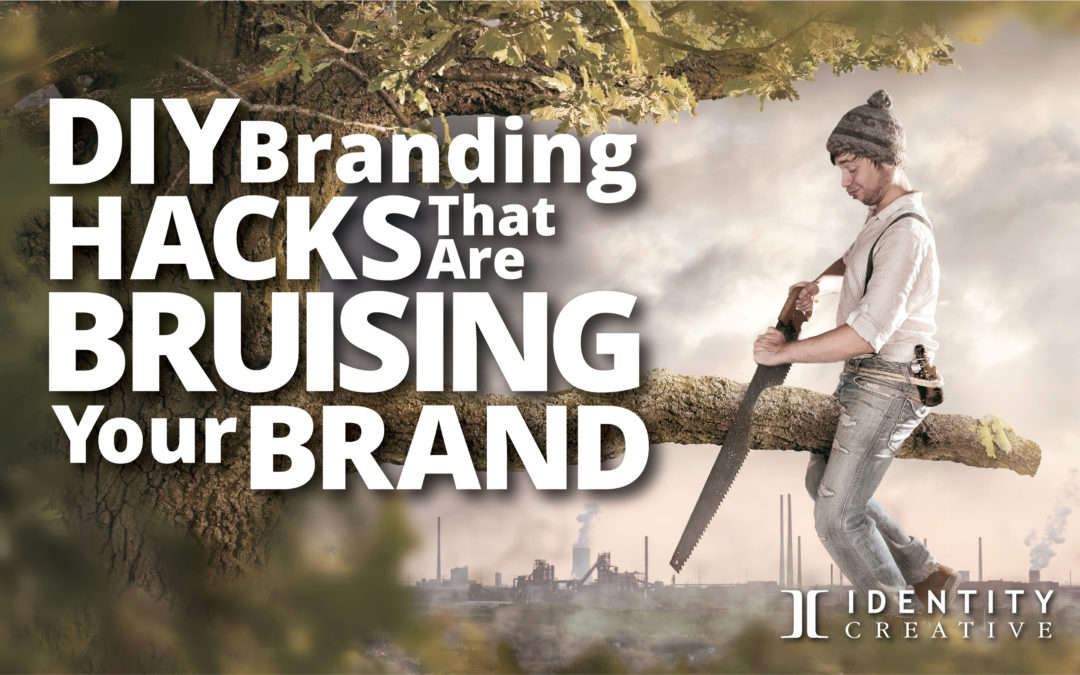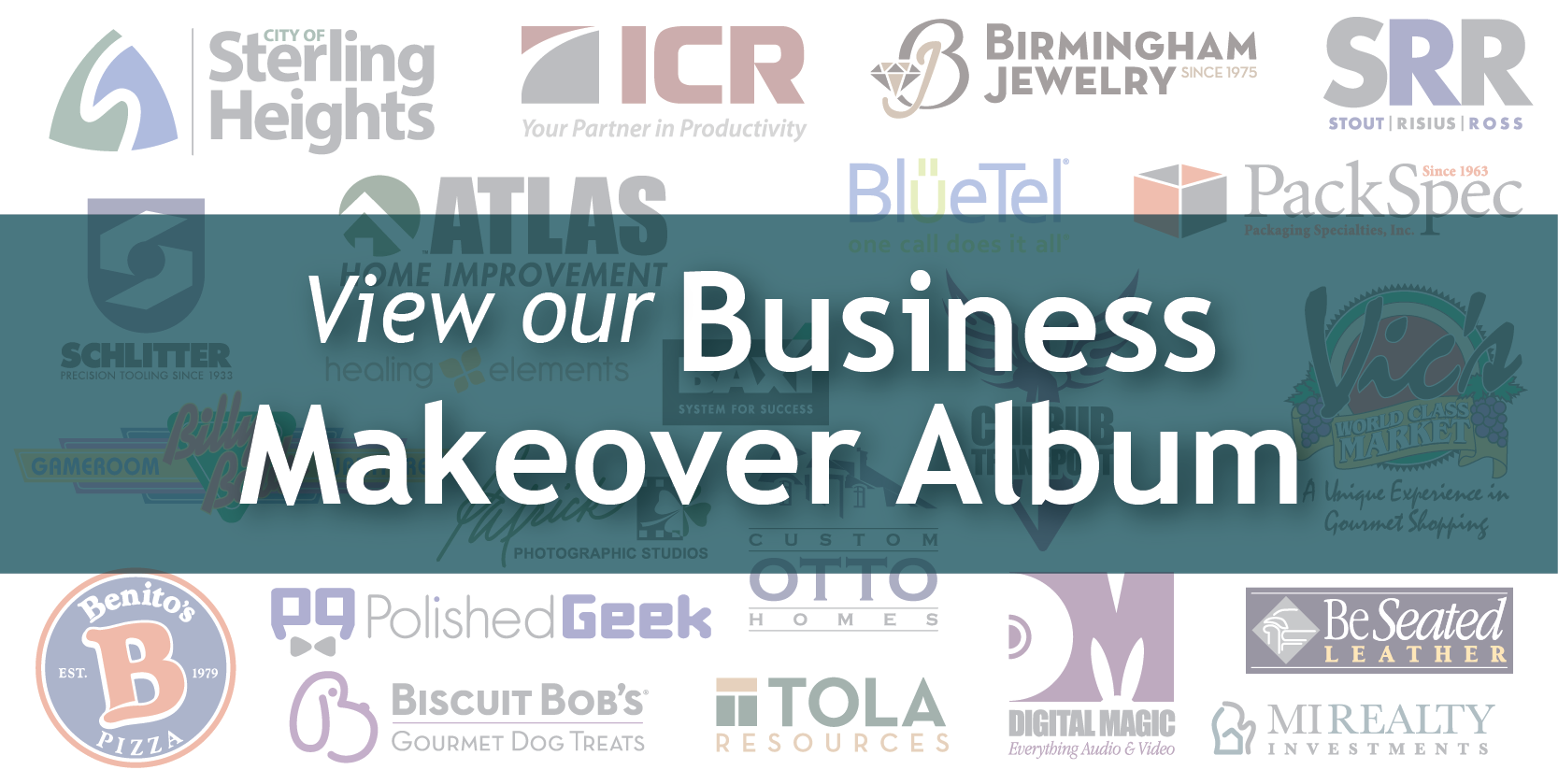
Every day your actions–or inactions–build or bruise your brand. DIY branding hacks are everywhere.
> This week, I talked with a salon owner. She’s invested in stunning interior decorating, but has no website and is using Facebook for her web presence. Yikes!
> At a recent event, someone gave me their business card with a generic Gmail email address. Ouch!
Sure, going DIY can save money, but your valiant effort to save money will cost in the long run.
It’s like skimping on the foundation of a building: the structure will suffer slow, even indiscernible deterioration and likely give way in turbulent times.

Branding Principles for a Strong Foundation
Break a foundational rule in branding, and you will work against your brand.
Rule #1 Be Credible. Who will do business with you if you don’t appear trustworthy?
Rule #2 Be Unique. Why should people choose you over your competitor?
Rule #3 Be Clear. How will people know you can solve their problems and deliver the desired results?
Rule #4 Be Memorable. Will people remember and find you when they need you?
Startups and SMBs (Small-Medium Businesses) can unintentionally break these rules. When they do, they bruise their brand with minor missteps or by neglecting seemingly insignificant areas.
Here are 12 DIY Branding Hacks (that are bruising brands at this very moment):
- A Weak Business Name
Starting a business with an over-used name or an acronym is one of the harmful first moves a business owner can make. A simple online search will tell you if your brand will be lost in a confusing sea of competitors. Try it! Pick any letters and add an industry to the search bar, like ABC Plumbing, K M Tooling, or L M Photography.Here are 7 things to consider to nail a great business name for a sustainable brand.
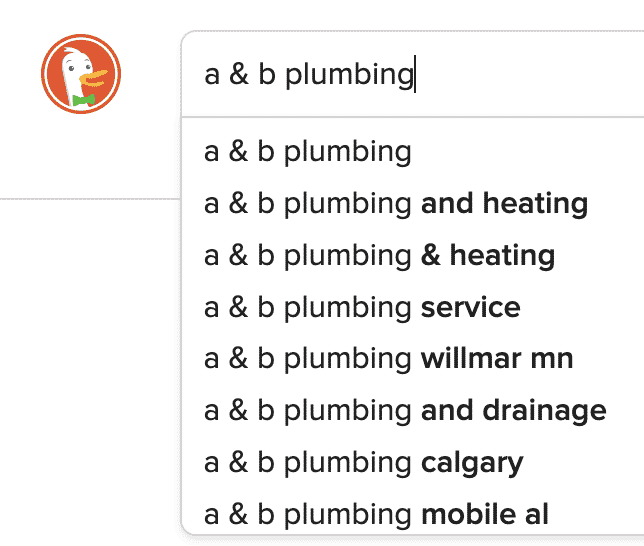
2. Logo, Font, and Color Inconsistency
Dated design styles and inconsistent logo variations broadcast an unprofessional impression. It makes a subtle impressionable statement that negatively reflects on the quality of your products and services.
Here’s an example of brand identity standards that are commonly broken:
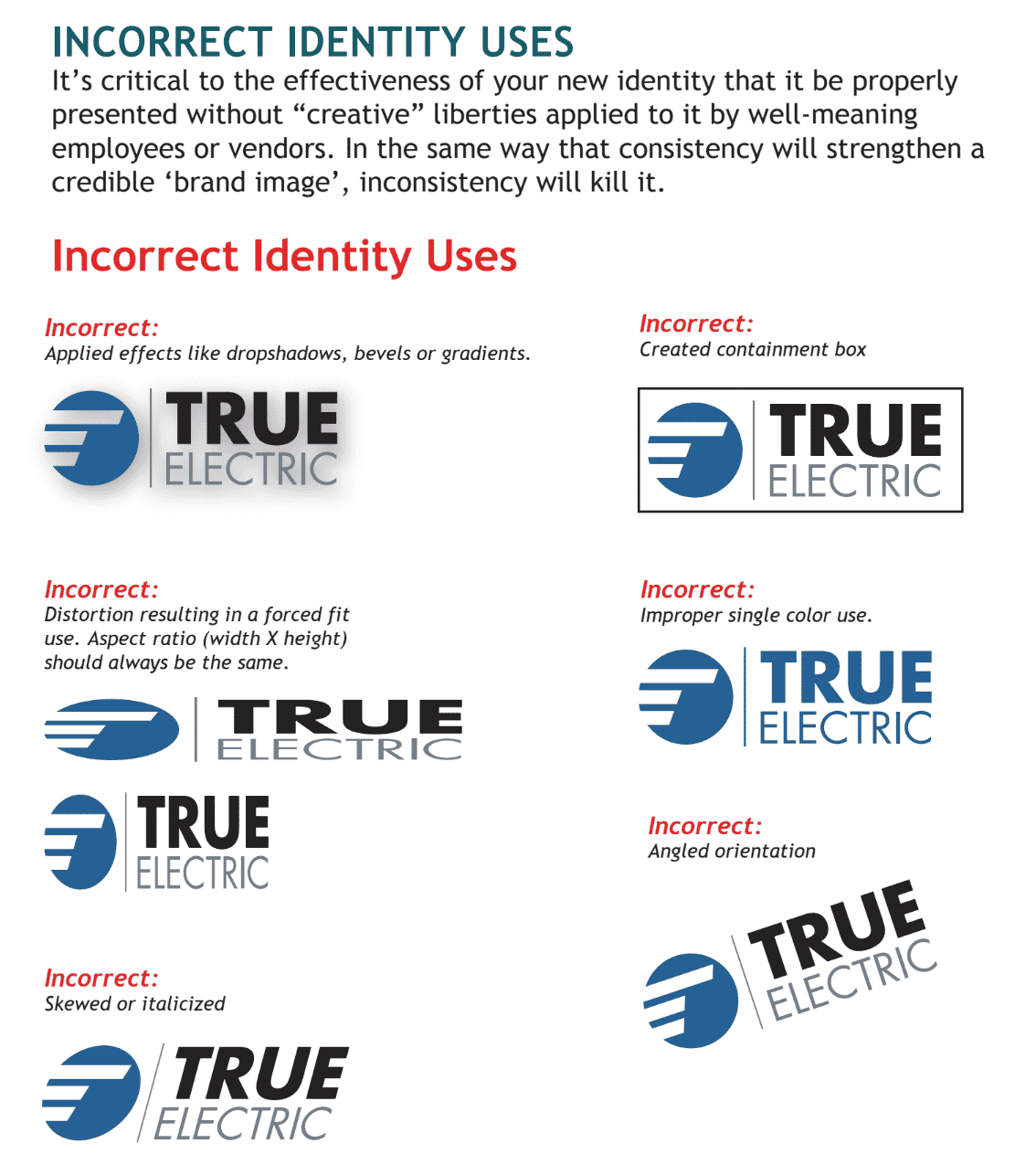
3. Poor Copywriting
Always have a second, even third eye on the copy before it’s published. Even more so if you’re marketing in a cultural space that may be new to you.
When expanding into Mexico, Parker Pen mistranslated “It won’t leak in your pocket and embarrass you” into “It won’t leak in your pocket and make you pregnant.” Inc.com

4. No Email Communication
Prospects and customers will want to keep hearing from a company that provides helpful information. Too many businesses let their database email addresses sit idle and ignored. How will people remember you when they need you?
5. No CRM (Customer Relationship Management)
There are many inexpensive–even free–CRMs available. Most SMBs don’t need a bloated and expensive CRM like Salesforce a good CRM will help you stay in touch with your valued customers and prospects!
6. No Custom Email
A generic email address like @gmail.com or @hotmail.com relays a “homespun” brand. It will take less than hour to get a professional email address Read how, here!

7. No Website
Social media channels are a top-shelf way to stay in touch with your customers. But if they are your only source for online leads, not good. It’s a risky business move to build a customer following on someone else’s real estate. If you plan to scale your business, build your own space online. Oh, and contact your hosting company if you see this “Not Secure” SSL icon on your site!

8. Typos or Stale Content
Websites too easily become a set-it-and-forget-it marketing tool. Websites give people the opportunity to walk in your door and meet you. Once a month, review your site. Keep information up to date. Add something fresh. It’s good for your SEO (search engine optimization), brand, and customers!
9. No CTA (Call to Action)
These are critical on your website, in your ads, lead generators, or emails. Give people the next step. Make it easy! As Zig Ziglar famously said, “Always ask for the order!”
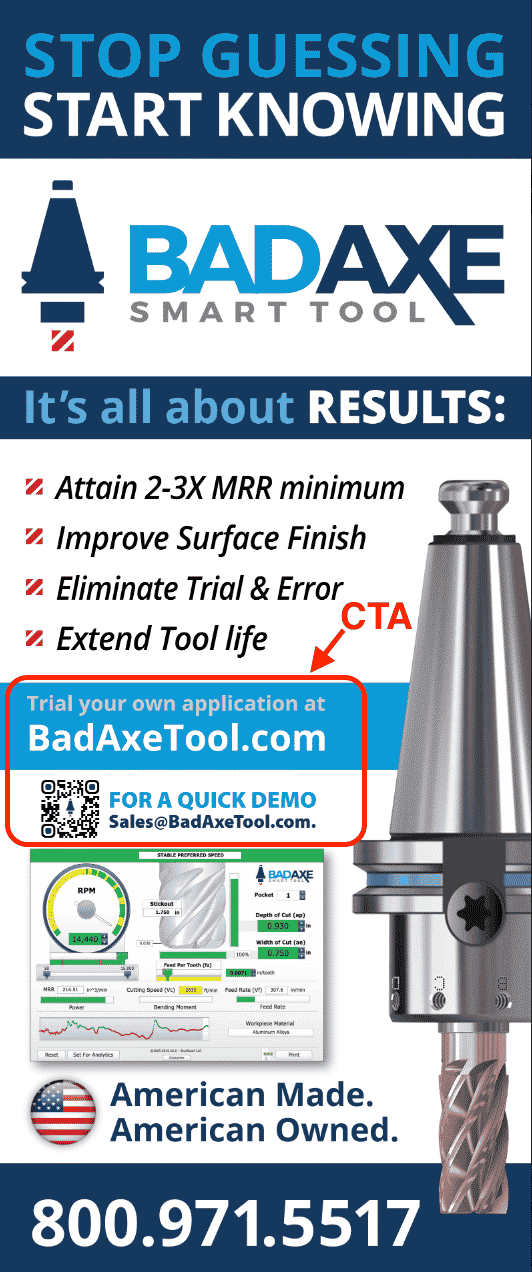
10. No Value
Shooting to be the lowest price is an unwinnable race in the long run, unless you want to be Walmart. It’s challenging to demonstrate value, but it’s worth the effort to create a valuable brand that will attract people. Know what makes you different than others and how to communicate it clearly.
11. Hit-or-miss Marketing
Start-and-stop marketing initiatives are a fast way to waste money. Marketing is a constant test and try, no question. Tweaks and changes to improve marketing ROI are expected. Research available marketing channels to reach your ideal customer, make a plan, and stick to it. Only dive into those marketing channels that your budget will allow.
12. Being a DIY Free Radical
Just because you can build a website and do your own design, photography, copywriting, and ad buys, doesn’t mean you should. While some areas can be successfully bootstrapped with DIY branding hacks, take care that they don’t look like you’ve cut corners.
When a budget requires DIY branding, decide where investing in professional support will bring the most value. Quality branding, from your logo and tagline to your website and email campaigns, pays for itself over time with customer confidence and brand equity.
DIY efforts can work when they don’t break foundational branding principles.
Have you seen DIY branding hack fails? Do you know of DIY branding success stories?
Share them with us here!

Branding Launch Checklist
How will you reveal your company's brand?
This is the same checklist we use with our clients and will save you hours of planning!
- Comprehensive list of places to update with your new logo
- Schedule important deadlines
- Prepare for your launch now
Be intentional with your brand, don't just let it happen. Get the checklist!

